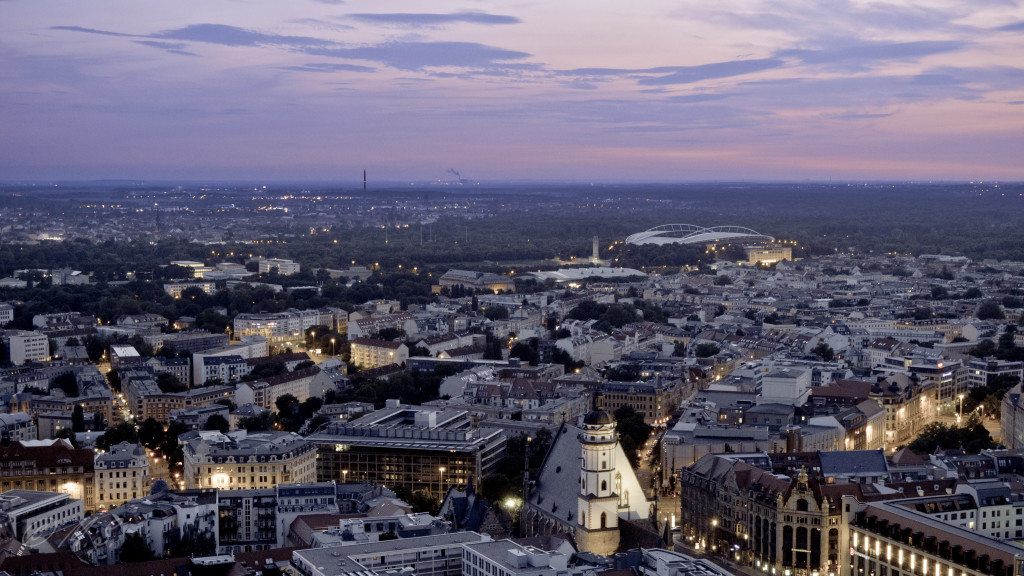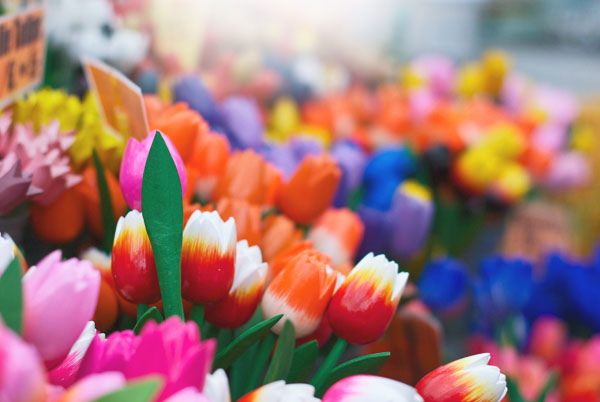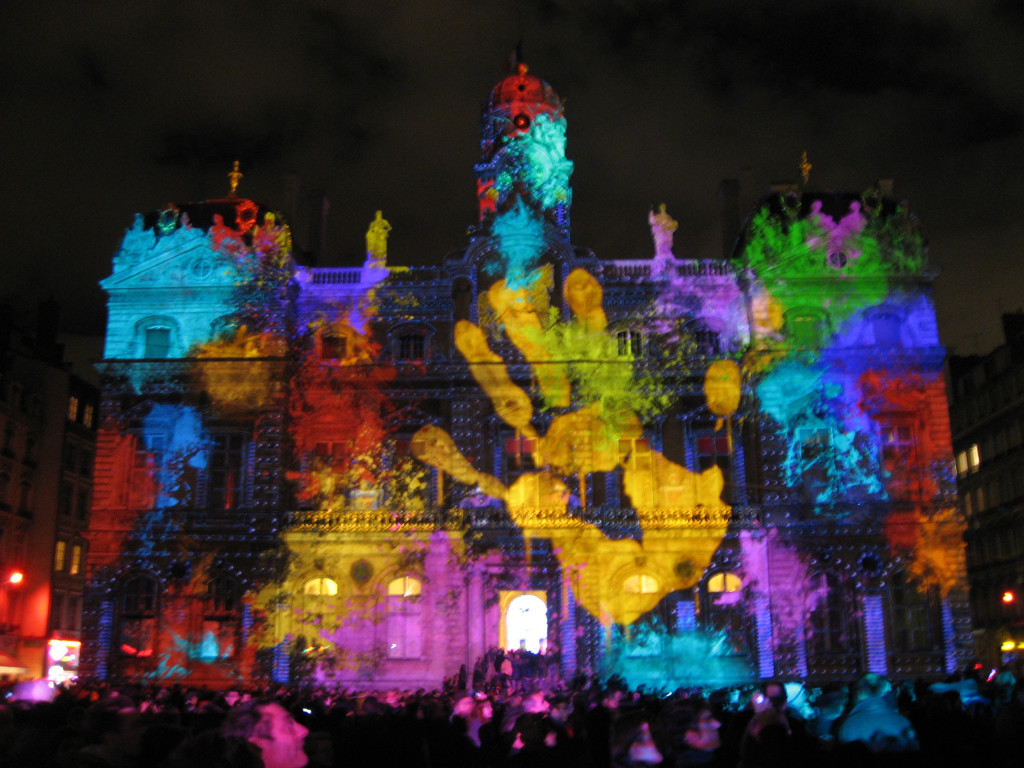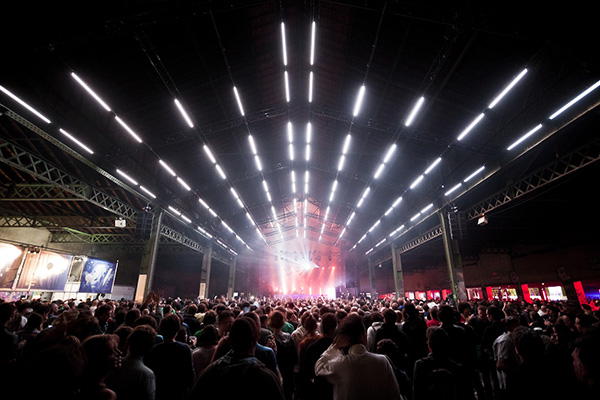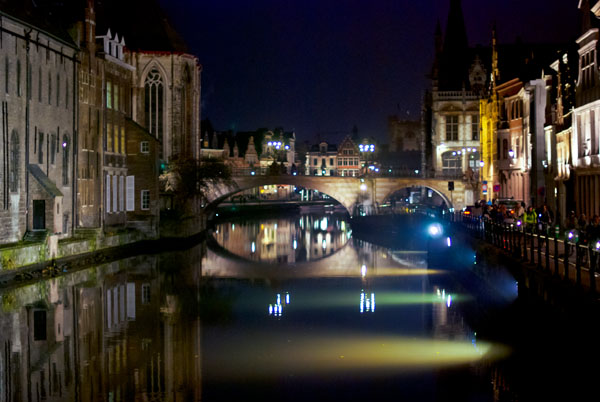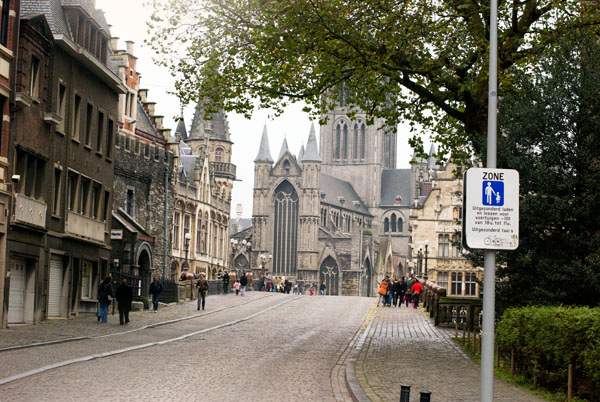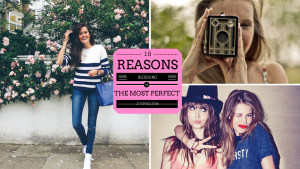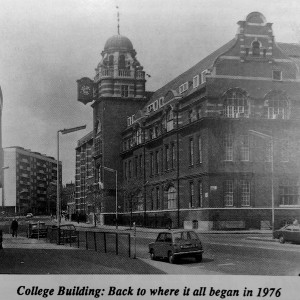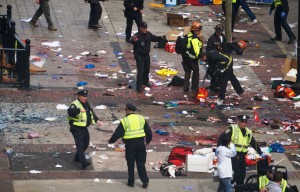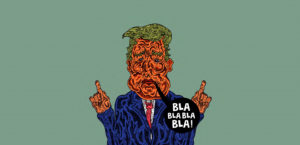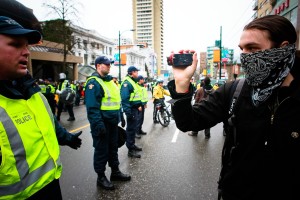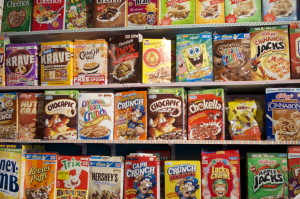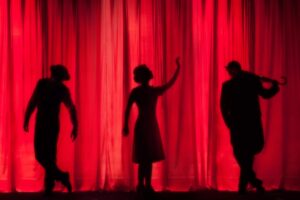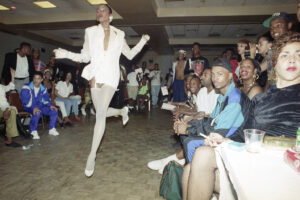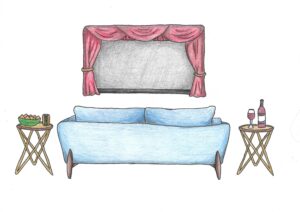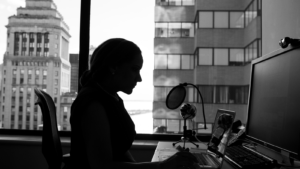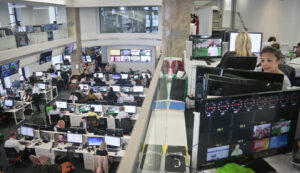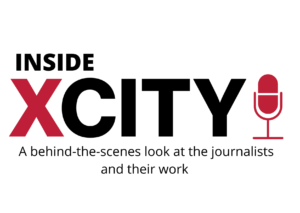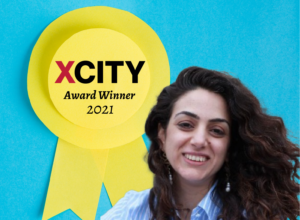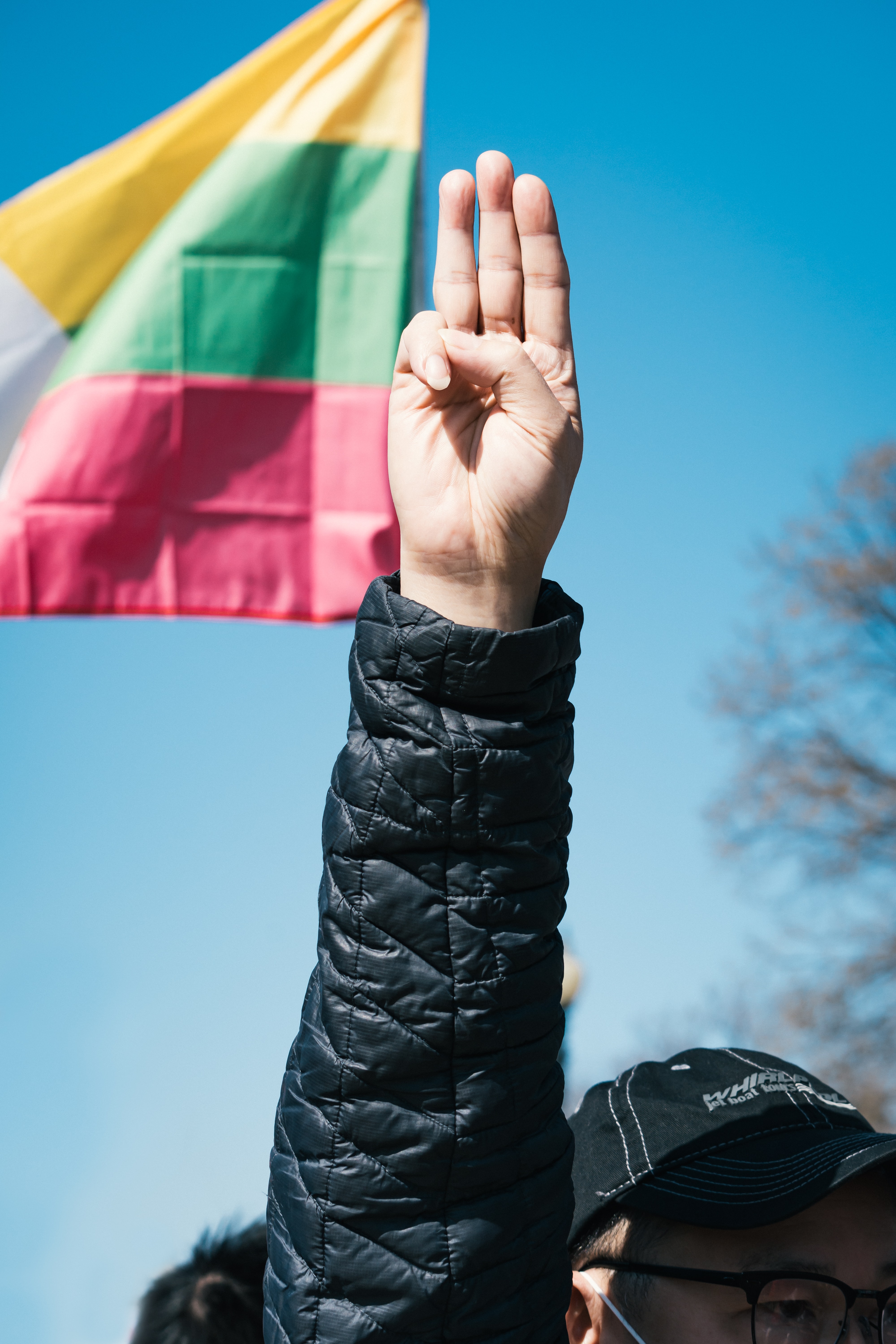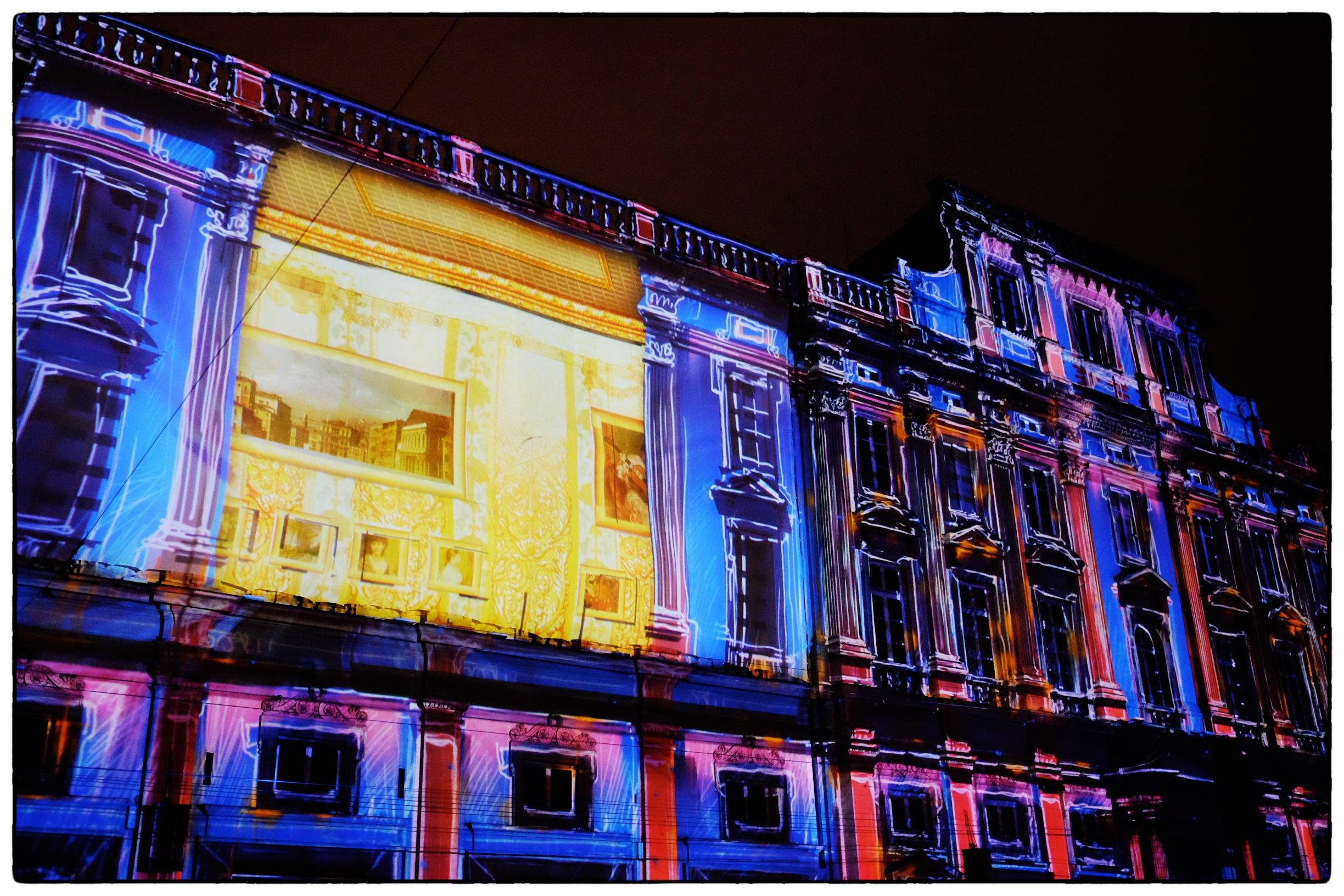
Because Berlin is so 2012.
These days you’re only on the hip list if you like something before it’s popular: craft beer, cold brew coffee, ironic jumpers. The same goes for places. People are keen to discover European cities that aren’t dominated by tourism and underrated cities such as Utrecht and Leipzig are starting to get noticed. Here’s what you need to know about Europe’s alternative destinations.
Leipzig: The new Berlin
Photo by MatthiasX1
What? Raised from the ashes of its impoverished past, Leipzig is now a thriving metropolis full of creatives and internet entrepreneurs. Its prices remain agreeably low, however, and it has a scruffy, underground feel to it that gives it edge.
Art is big in Leipzig and galleries have popped up everywhere, filled with contemporary, graphic, abstract art and more. Galerie Kub is a space for media and performance art and the city itself is covered in vibrant street art and murals.
When to go? Leipzig is at its best in the sunshine and spring and summer are ripe with festivals such as the Honky Tonk Pub Festival in May. But, if you can brave the weather, the colder months have a lot going on too; the Leipzig Jazztage (jazz festival, 1 – 10 October 2015) is a particular highlight.
Do what?
- A Spring Gallery tour at the Spinnerei – a former cotton mill – celebrating its 10th anniversary (1 May – 2 May 2015)
- DOK festival for documentary and animated film and one of the oldest of its kind worldwide (28 October – 1 November 2015)
- The Leipzig Beer Exchange (22 – 25 May 2015), where you can taste nearly 800 varieties of beer
Utrecht: The new Amsterdam
What? Aesthetically very similar to Amsterdam, Utrecht’s streets are lined with quintessentially narrow Dutch houses – a joined-up jigsaw of different colours and designs. The canals that weave through the city give it that traditional Netherlands feeling and, with cafés and restaurants occupying many of their werfkelders (wharf cellars), you can enjoy some bitterballen – a Dutch snack you’ll find in plenty of bars – and a beer alongside the water.
The city is also home to some architectural icons such as the Rietveld Schröder House, an UNSECO World Heritage site and the only building to have ever been constructed in accordance with the principles of Dutch artistic movement De Stijl (think Mondrian).
A lesser known fact: remember Miffy, that loveable little bunny rabbit from your childhood? She was created in Utrecht in the 1950s by writer and illustrator Dick Bruna, although the cartoon character is better known to the Dutch as Nijntje (short for “konijntje”, meaning little rabbit). The Dick Bruna Huis – a permanent offshoot of the Centraal Museum – displays Miffy memorabilia and relates the story of her creation.
When to go? To avoid cold weather and cycling in the snow, visit in spring or summer. If you visit during April you can take part in the Dutch celebration of Koningsdag (King’s Day) on 27 April – essentially a celebration of the monarch’s birthday and an excuse to have a drink and a boogie in the streets while wearing orange (the Dutch national colour) from head to toe.
Do what?
- Midzomergracht Festival (19 – 28 June 2015), which marries music, games, sports food and partying with celebrating sexual diversity
- An exhibition celebrating 60 years of Miffy at the Dick Bruna Huis, (20 June – 20 September 2015)
- Uitfeest festival (6 September 2015), with previews of new music, dance, exhibitions, films and theatre
Lyon: The new Paris
What? You might have assumed that Paris was the best place to taste French cuisine but, as gastronomic capital of France, eating in Lyon is a much better experience. Devour lobster at Christian Tetedoie, one of the many Michelin star restaurants in the city, or try some Lyonnais specialties at a traditional bouchon (try Le Bouchon des Filles, 20 rue Sergent-Blandon). Most of all, be prepared to gain some holiday weight on your trip.
If you’re not convinced by the food then let the wine do the talking. Lyon’s location between two of the largest wine regions in France – Beaujolais and Côtes du Rhône – means it’s hard to come across a dud.
When to go? December is a great time to go if you want to see the Fête des Lumières (Festival of Lights). It’s a free four-night festival of incredible light shows that stems from religious tradition but also celebrates Lyon and its cultural heritage. This year it’s taking place from 5 – 8 December.
Do what?
- Indie and electronic music festival, Nuits Sonores (13-17 May 2015)
- Biennial Dance Festival (10th-30th September) and the contemporary art festival – this year based on La vie moderne (modern life) – the Lyon Biennial of Contemporary Art (10 September 2015 – 3 January 2016)
- Les Nuits de Fourvière, a performing arts festival that includes theatre, music, opera, circus, dance and cinema (5 June – 31 July 2015)
Ghent: The new Brussels
What? Ghent has a rich historical core, revitalised by modernity. The beautiful medieval buildings and glassy canals make Ghent wonderfully picturesque, but it also has a great variety of quirky little shops (especially retro-style clothes shop, Zoot – Serpentstraat 8), cafés and restaurants. While Brussels feels all business and tourists, this city has heart.
As with Lyon, eating is something you can do well in Ghent. If you can, try to get a table at the busy De Kastart. Their pasta sauce is so famously tasty that people queue out the door just to take a pot of it home to pour over their own pasta!
Ghent had a very prosperous past and this shows in its architecture and relics. The three gothic towers of Ghent command the skyline, one being St. Bavo’s Cathedral, where the breathtaking altarpiece, the Adoration of the Mystic Lamb, lies.
When to go? Ghent is another city that’s good all year round, but the weather will be undeniably better in the summer and July brings with it the Gentse Feesten and renowned Gent Jazz Festival.
Do what?
- The sprawling 10-day arts and music festival, the Gentse Feesten (17 – 26 July 2015)
- The 42nd Film Fest Gent (13 – 24 October 2015)
- The six-days bicycle race (18 – 23 November 2015)

